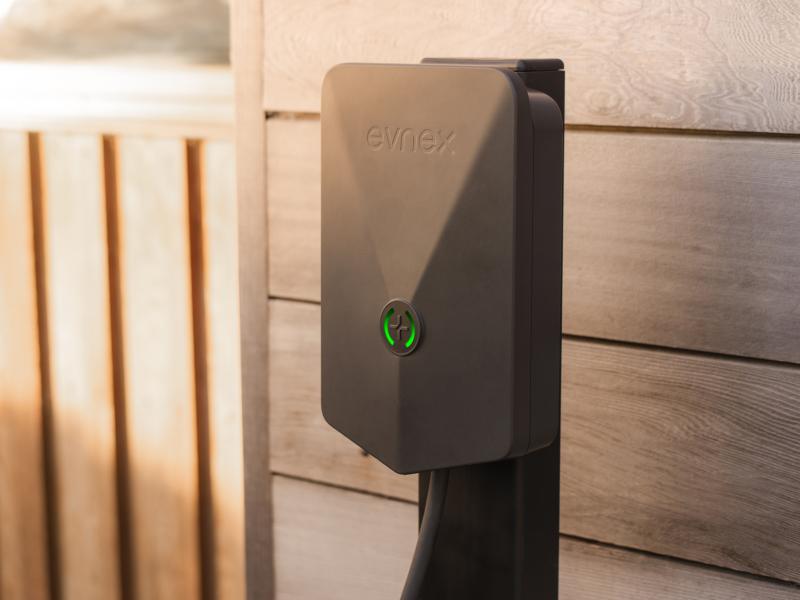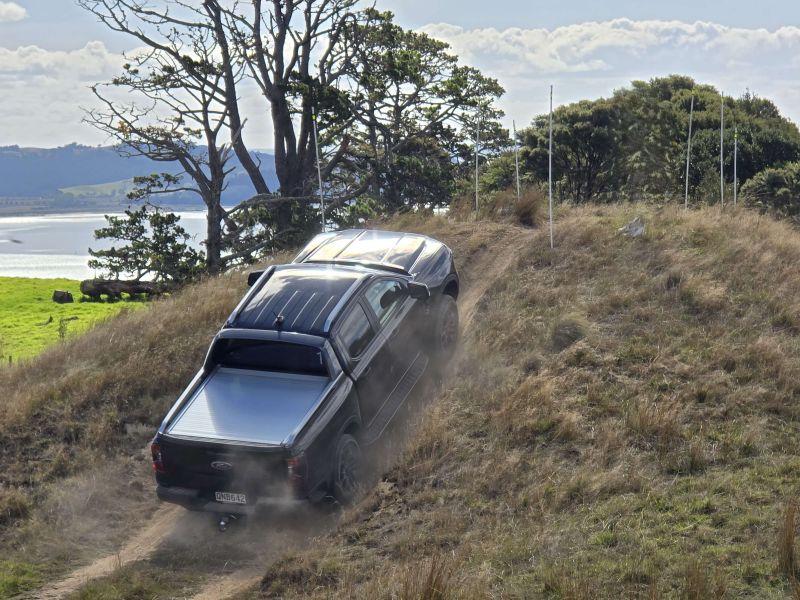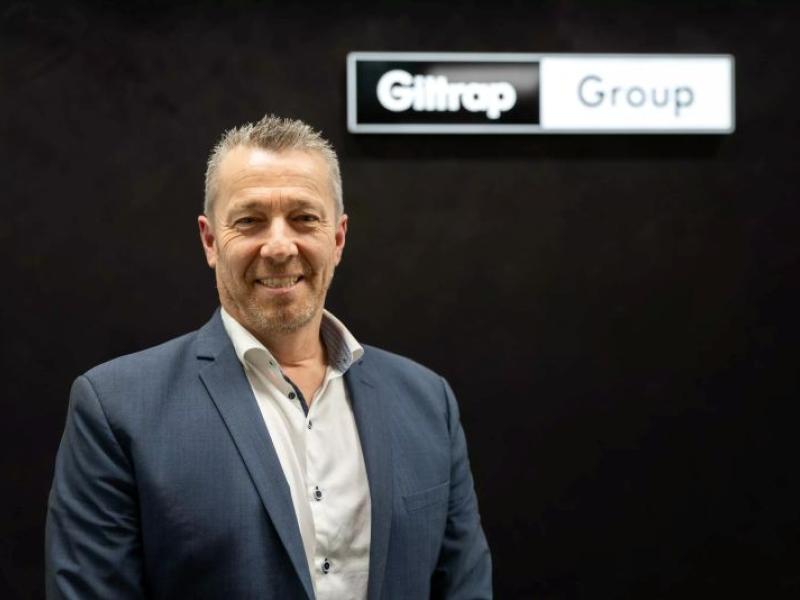By Megan Duncan
Drivers, vehicles, roads, and fuel are the bread and butter of any Kiwi transport company. These four elements are key to a driver’s day-to-day functions, and each one has a direct impact on the others.
That’s why factors like fuel prices, unsafe roads, and road congestion that affect any one of these four elements will have consequences across the board for all the other areas. Think dominos: if one falls, it knocks the others too.
In the same way, by optimising one or two of these elements, you can optimise wider operations across all areas.
For example, your drivers’ behaviours and driving patterns directly impact the other three elements of vehicles, road, and fuel.
Their driving affects vehicle maintenance needs, fuel usage, and decisions on the road which can lead to traffic congestion and collisions.
Making sure these driving patterns are safe and optimised must clearly be a priority for New Zealand transport companies. That’s where a solution like smart dashcams come in.
Smart Dashcams use an effective range of telematics data, artificial intelligence, high-quality footage, and analytics to highlight inefficient or unsafe driving habits.
With real-time alerts direct to the driver, it gives you the opportunity to provide targeted coaching and training to help your drivers form positive driving patterns.
Not only does this keep them safe, the solution also prevents drivers from developing habits such as over-revving or speeding, which can cause unnecessary wear-and-tear to the vehicle, put the communities at risk, and cost the company unnecessary fuel bills.
In addition, to encourage motivation among your drivers to improve, you might consider a scorecard solution.
Using real-time and historical data for a range of metrics, driver scorecards rank your drivers against each other on a leaderboard. This encourages friendly competition between your drivers and gives you the opportunity to offer a positive incentive for high rankings.
Your drivers can compete to achieve high rankings and receive prizes like a paid lunch out, use of the newer vehicle, or an extra day off.
As the patterns and behaviours of your drivers improve, so will your fuel usage, maintenance bills, and efficiencies.
While you don’t have a whole lot of control over traffic and road congestion, there are solutions which can help you and your drivers optimise routes to the best of your ability.
With better planning and better understanding of your customers and jobs at hand, you can directly influence the routes each driver takes to improve routes, reduce fuel usage, and more.
Because routes directly affect fuel usage, this is again an opportunity to optimise several areas across your fleet.
GPS tracking and fleet management are solutions to provide you with insight into vehicle location, which is particularly useful when viewed in relation to job location.
Through the insights offered from GPS tracking, you can allocate jobs efficiently based on location. This means you can send your closest drivers to nearby jobs and find routes around major traffic congestion areas.
You aren’t just saving your drivers time on the road, you are also saving your company on fuel.
Ultimately, it’s time to think big picture. By introducing solutions like those discussed above, optimising one area can have a positive roll-on effect on others.
This helps you save significantly on time and money in the easiest way possible, all the while keeping your drivers motivated and safe.
For more information about possible solutions that would work for you, have a look at the Teletrac Navman website.
For help introducing these solutions, visit https://www.teletracnavman.co.nz/resources/resource-library/articles/changing-gears-your-guide-to-successfully-implementing-new-fleet-technology.






